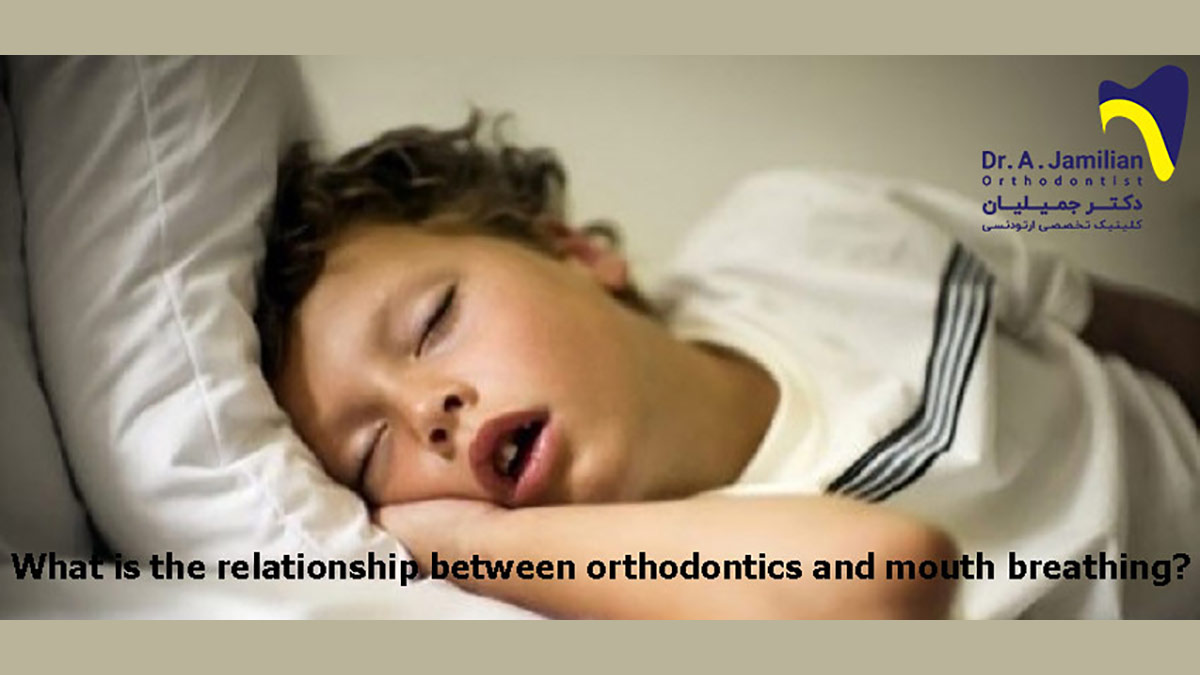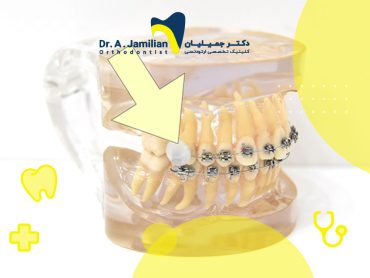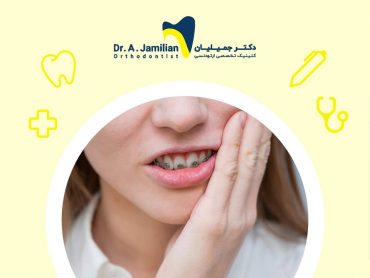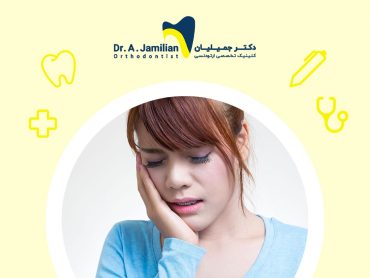Humans normally breathe through the nose when the mouth is closed. In scenario’s where you cannot naturally breathe through the nose, he/she is exposed to many problems such as malocclusions and maxillofacial deformities. Mouth breathing narrows the maxilla and causes problems with the alignment of teeth and the growth of jaws. The relationship between orthodontics and mouth breathing is important due to the elimination of all complications of mouth breathing by orthodontic treatments.
Visiting an orthodontist to treat mouth breathing
People who breathe through the mouth often open their mouths slightly. Such individuals are recommended to visit an orthodontist to treat any possible oral or dental problems using orthodontic treatments. Despite the treatment of mouth breathing by an otorhinolaryngologist, its complications affect the structure and health of a person’s natural jaws and teeth. Furthermore, they should be treated by an experienced orthodontist.

The question on mouth breathing asked by most orthodontists from patients with malocclusion indicates the significance of the relationship between orthodontics and mouth breathing.
Mouth breathing complications
Mouth breathing not treated at the right time in childhood can cause malocclusions, impede the growth of teeth, and deform the face during adulthood.
Whilst bad habits can change the position of teeth and hinder the natural growth of the facial skeleton, the obstruction of airways and mouth breathing can also alter the normal growth pattern causing malocclusions. The relationship between orthodontics and mouth breathing helps to alleviate these disorders.
It is, therefore, necessary to first control the risk factors of such abnormalities to prevent their progression. Orthodontic treatments can control the advanced cases of such abnormalities to improve the skeletal growth of the face and jaws.
How do orthodontics and mouth breathing relate to each other
Based on the type of malocclusion, the orthodontist can apply a variety of orthodontic procedures to properly improve breathing. The orthodontist can use different orthodontic appliances to expand the jaws and correct mouth breathing.
A narrow maxilla arch reduces the ability of patients to breathe through their noses correctly. Orthodontists usually use appliances called “expanders” to expand the maxilla to help patients breathe through the nose.
Maxillary expansion directly affects and widens the sinuses and helps the patient to breathe through the nose. Most orthodontists believe that patients should visit an otorhinolaryngologist after the completion of orthodontic treatments to prevent any possible problems in the future.
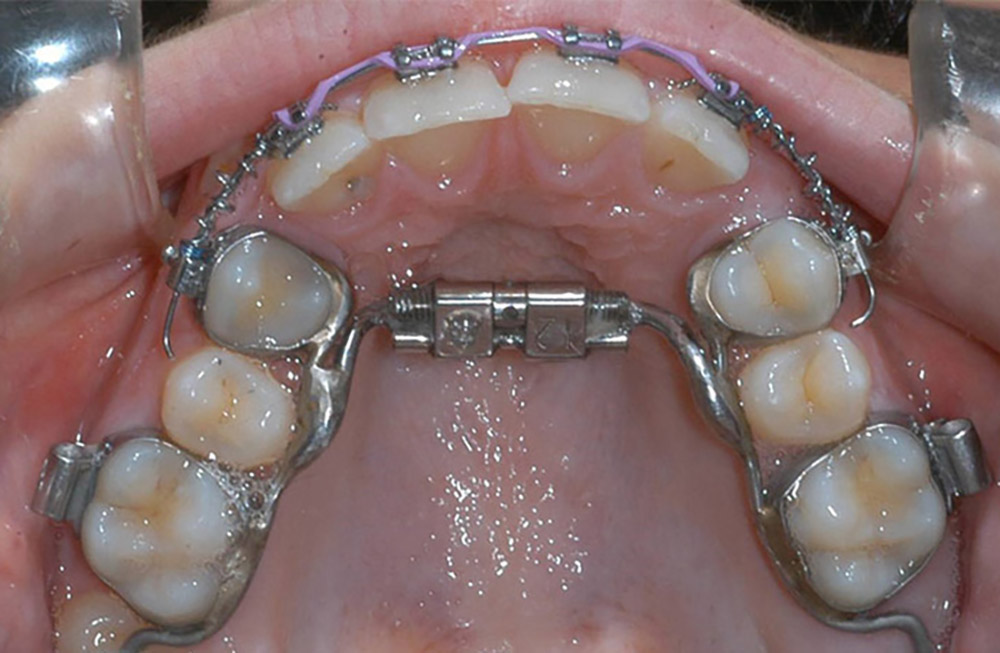
Attention to orthodontics and mouth breathing
Fortunately, orthodontics offers a variety of methods to treat malocclusions in a principled and permanent manner. Correcting the position of jaws and teeth can greatly improve the complications of mouth breathing. However, it is noteworthy that patients with mouth breathing should probably go through a longer period of orthodontic treatments.
The orthodontist will fully brief the patient on all possible problems and treatment difficulties. It may take a slightly longer time to align teeth and jaws in patients with mouth breathing. Therefore, orthodontists usually recommend patients to be under the supervision of an otorhinolaryngologist simultaneously to prevent the recurrence of malocclusions. It can be generally concluded that the complications of mouth breathing should be prevented before they require orthodontic treatments. Otherwise, patients will have no choice but to visit an orthodontist to go through a long and costly period of treatment.
